90% More Chances to Win Projects With Our Estimate!
- Multi-Family Building
- Hotel Building
- Hospital Building
- Warehouse Building
- School & University Building
- High-Rise Building
- Shopping Complex
- Data Center Building

Proper ventilation is an essential component in maintaining indoor air quality, ensuring occupant comfort, and preventing problems such as mold growth and excess humidity. When planning new construction or renovation projects, understanding the costs associated with various ventilation systems becomes vital for homeowners, contractors, and developers alike. A well-designed ventilation system not only enhances air quality but also contributes to energy efficiency, making it a smart investment.
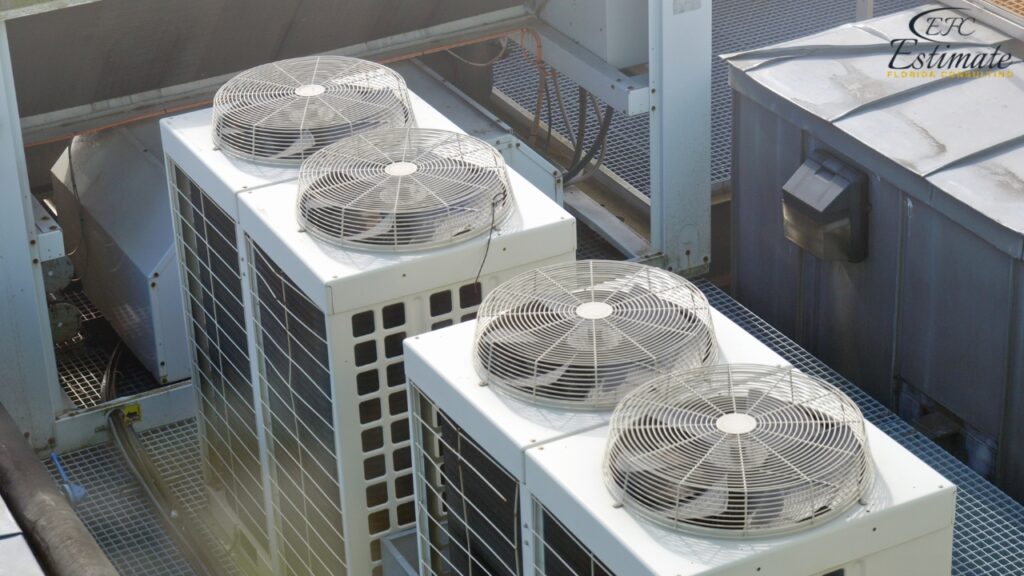
The average costs for installing various types of ventilation systems can vary widely based on the factors mentioned above. Here’s a general overview of average costs:
Type of Ventilation System | Average Installation Cost |
Natural Ventilation | $650 – $2,600 |
Mechanical Ventilation | $1,950 – $6,500 |
Hybrid Ventilation | $2,600 – $7,800 |
Centralized systems use a single unit to control airflow for an entire building or large area. These systems can be particularly effective in larger residential homes or commercial spaces, where consistent air quality and temperature are crucial. The average installation cost for centralized systems typically ranges from $4,000 to $13,000, depending on the system’s size and complexity, as well as any necessary ductwork modifications.
Decentralized systems consist of multiple smaller units distributed throughout a space, allowing for localized control over air quality and comfort. This flexibility can be especially beneficial in older buildings that may not have the infrastructure for a centralized system. Installation costs for decentralized systems can range from $2,000 to $6,500 per unit, making them a viable option for various building designs and budgets.
Energy recovery ventilation (ERV) systems transfer heat and humidity between incoming and outgoing air streams, providing significant energy efficiency benefits. These systems are ideal for climates with extreme temperatures, as they help maintain a comfortable indoor environment while reducing energy costs. Installation costs for ERV systems typically range from $3,250 to $9,750, reflecting the advanced technology and potential for long-term savings.
System Type | Average Installation Cost |
Centralized Ventilation | $4,000 – $13,000 |
Decentralized Ventilation | $2,000 – $6,500 |
Energy Recovery Ventilation | $3,250 – $9,750 |
The above table summarizes the average installation costs for different ventilation system types, highlighting the varying complexities and benefits associated with each option.
Exhaust systems are primarily used to remove stale or contaminated air from a building, making them essential in kitchens, bathrooms, and other areas with high moisture or odors. The average installation cost for exhaust systems can range from $1,300 to $5,200, depending on the size of the space and the specific requirements of the system.
For residential applications, ventilation costs can vary significantly based on the size of the home and the type of system installed. A typical installation for a single-family home may cost between $2,000 and $6,500, depending on the square footage and the chosen ventilation solution. Homeowners should carefully consider their specific needs and the layout of their space to choose the most effective and cost-efficient system.
Commercial buildings often require more sophisticated ventilation systems due to higher occupancy rates, specific air quality concerns, and regulatory requirements. Installation costs for commercial spaces can range from $6,500 to $19,500, depending on the size of the building, the type of business, and the complexity of the system. Effective ventilation in commercial settings is critical not only for compliance but also for employee comfort and productivity.
Industrial facilities typically demand robust ventilation systems capable of handling large volumes of air and specific contaminants. Installation costs for industrial ventilation systems can range from $13,000 to $65,000 or more, depending on the size, complexity, and specific ventilation needs of the facility. Investing in high-quality systems designed for industrial applications is essential to ensure worker safety and compliance with environmental regulations.
The cost of ventilation systems for residential buildings depends largely on the size of the space, the type of system, and the complexity of installation. Here’s a breakdown of estimated costs:
Building Type | Ventilation System Cost (Average) |
Single-Family Home (2,500 sq. ft.) | $3,500 – $8,200 |
Townhouse (1,800 sq. ft.) | $2,800 – $6,700 |
Multi-family Home (3,500 sq. ft.) | $5,500 – $10,500 |
For larger homes, such as multi-family residences, costs will increase due to the additional ductwork and more complex airflow requirements. In contrast, smaller homes may require less extensive systems, leading to lower overall costs.
Commercial buildings often require more advanced systems, and the costs reflect this complexity. Ventilation systems for office buildings, retail spaces, and restaurants typically range from $6,500 to $19,500.
Commercial Building Type | Ventilation System Cost (Average) |
Office Building (5,000 sq. ft.) | $8,500 – $15,000 |
Restaurant (3,000 sq. ft.) | $6,000 – $12,500 |
Retail Space (4,500 sq. ft.) | $7,000 – $14,800 |
In commercial spaces, energy-efficient options such as ERVs or high-performance exhaust systems can provide better air quality and comfort while keeping operational costs manageable.
Industrial spaces require heavy-duty ventilation systems to manage pollutants, fumes, and temperature control. These systems range from $9,500 to $25,000, depending on the size of the facility and the complexity of the installation.
Industrial Building Type | Ventilation System Cost (Average) |
Small Warehouse (10,000 sq. ft.) | $12,000 – $19,000 |
Large Manufacturing Plant (25,000 sq. ft.) | $20,000 – $35,000 |
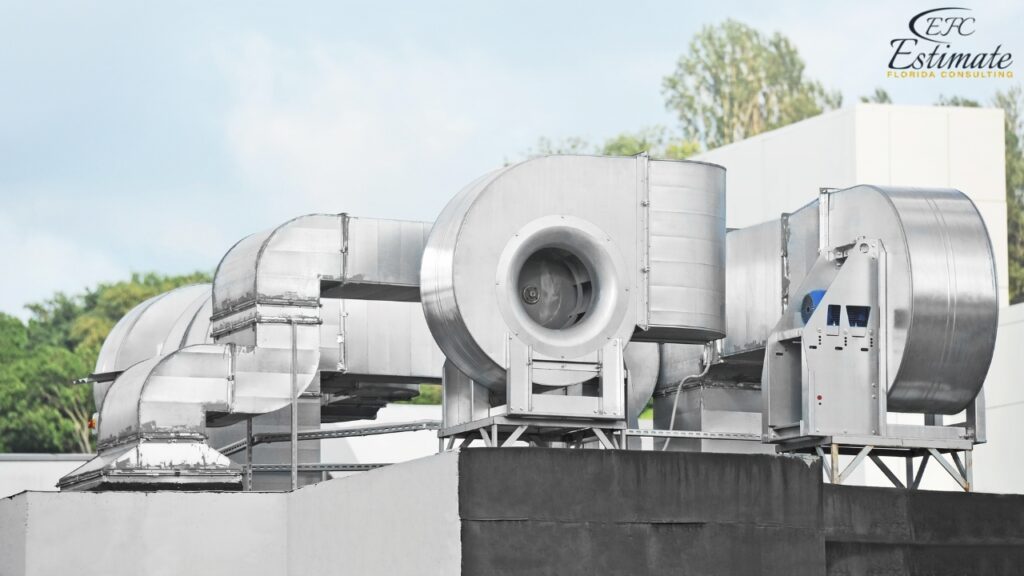
Several factors can significantly influence the overall cost of ventilation systems, including:
Maintaining ventilation systems is crucial for ensuring optimal performance and extending the lifespan of the equipment. Maintenance costs vary depending on the system type, but regular upkeep is necessary for all ventilation setups. Neglecting maintenance can lead to inefficiency, poor indoor air quality, and potential system breakdowns, resulting in higher repair costs.
Maintenance Task | Average Cost (Annually) |
Filter Replacement | $100 – $300 |
Duct Cleaning | $400 – $1,000 |
Fan and Motor Inspection | $150 – $350 |
Energy Recovery Ventilator (ERV) Servicing | $300 – $600 |
Exhaust Fan Cleaning | $200 – $500 |
Routine tasks include filter replacement, duct cleaning, and fan inspections. Centralized systems generally require more frequent maintenance compared to decentralized systems. Energy Recovery Ventilation systems may also demand additional care, given their more complex operation.
Failure to properly maintain your system can result in higher energy bills and reduced air quality, which could lead to health issues, especially in environments with vulnerable occupants such as children or the elderly. Ensuring regular maintenance helps maximize the system’s efficiency and longevity.

Energy efficiency is an important consideration when installing a ventilation system, as it directly impacts both the operating costs and the environmental footprint of the building. A well-designed ventilation system can improve energy efficiency by reducing the need for additional heating and cooling.
For those looking to manage ventilation costs while ensuring effective airflow, there are several cost-effective options available. Whether it’s a residential, commercial, or industrial project, finding ways to balance installation costs with energy efficiency and long-term performance is essential.
A cost-saving strategy is to combine ventilation systems with existing HVAC units to achieve better climate control while optimizing energy use. This is particularly effective for residential projects where homeowners are looking to minimize long-term operational costs.
Certain areas of a building, such as basements, attics, or garages, may require specialized ventilation to manage moisture, heat, or pollutants. These areas often have unique airflow challenges and may require additional systems.
Basements are particularly prone to moisture buildup, which can lead to mold growth and air quality issues. Installing a basement ventilation system can range from $1,500 to $4,500, depending on the size of the space and the system chosen.
Garages often contain chemicals, exhaust fumes, and other pollutants that require proper ventilation to prevent them from entering the home. A typical garage ventilation system costs between $1,800 and $4,000.
Attic ventilation helps regulate temperatures and prevent moisture buildup, which is crucial for maintaining the structural integrity of a home. Costs for attic ventilation systems range from $2,000 to $5,000.
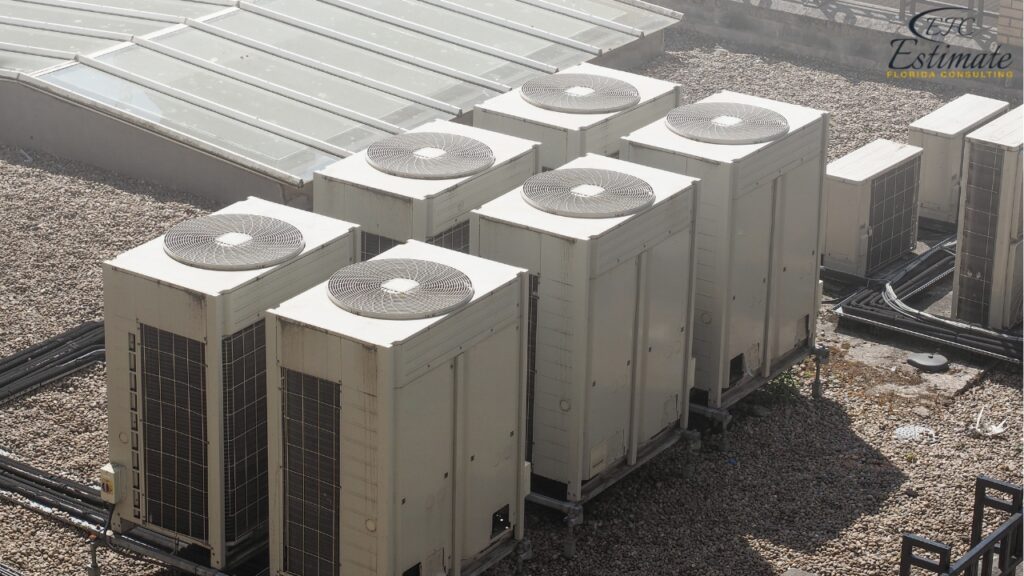
When considering different ventilation systems, it’s important to weigh the advantages and disadvantages of each to determine which solution best meets your needs. Each type of system offers unique benefits in terms of efficiency, installation cost, and maintenance, but also comes with potential drawbacks that need careful consideration.
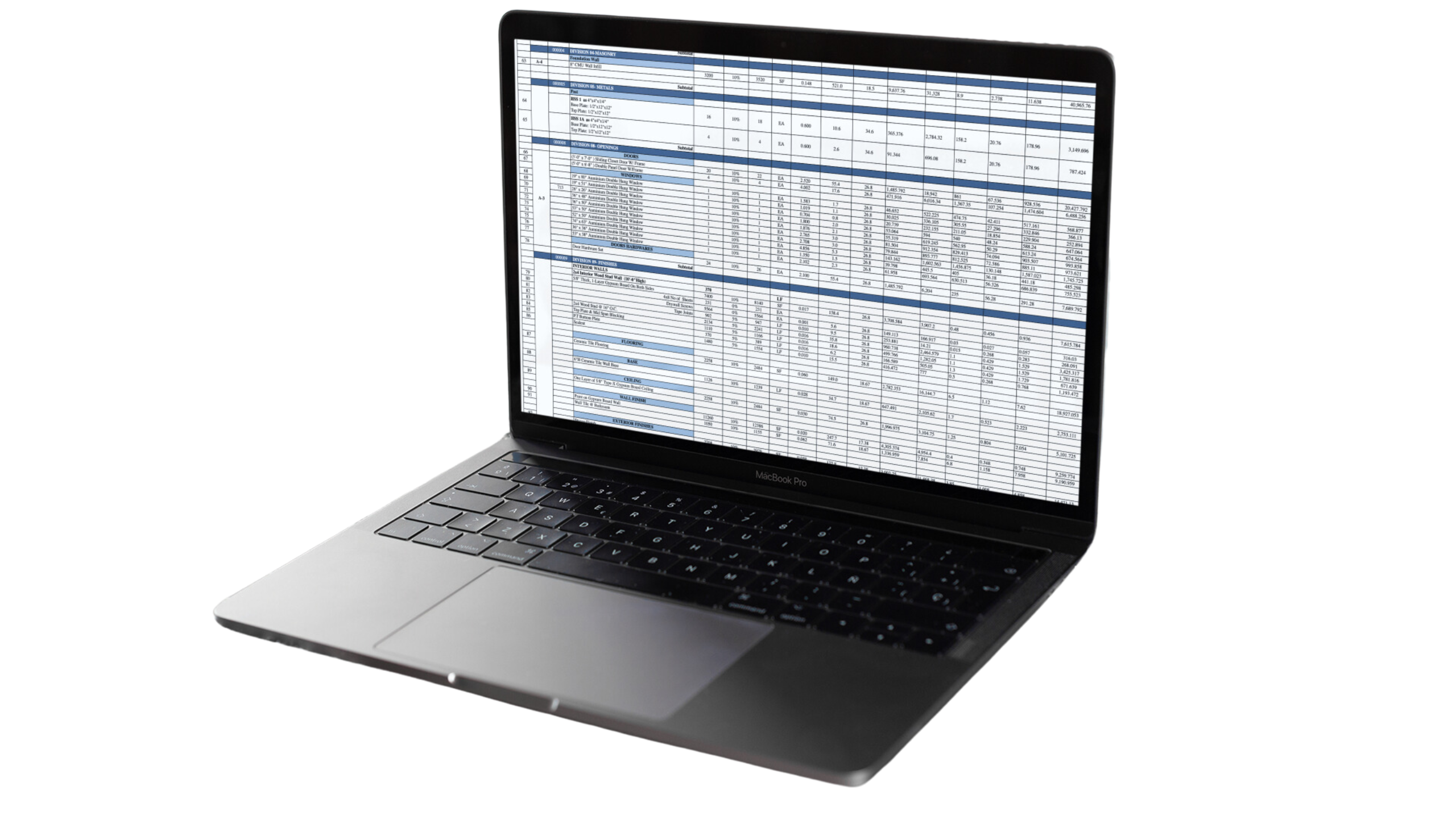
When planning a ventilation system for your building, it’s essential to understand the factors that influence both upfront and ongoing costs. The type of system, building size, and installation complexity all play a role in determining the overall cost. By carefully considering energy-efficient options and evaluating your building’s specific ventilation needs, you can ensure optimal air quality while staying within your budget. Whether it’s a residential home, a commercial office, or an industrial facility, investing in a well-designed ventilation system can lead to long-term savings and improved comfort.
Several factors influence the cost of a ventilation system, including the type of system (natural, mechanical, hybrid), the size of the space, the complexity of installation, material quality, and local regulations. Larger spaces and more complex installations will generally have higher costs.
The average cost for installing a ventilation system varies depending on the type:
ERV systems transfer heat and humidity between incoming and outgoing air streams, improving energy efficiency. They are ideal for extreme climates and have installation costs ranging from $3,250 to $9,750.
Exhaust systems, typically used in kitchens, bathrooms, and other high-moisture areas, range from $1,300 to $5,200 depending on the space size and system complexity.
homes vary by size:
Commercial ventilation systems for office buildings, retail spaces, and restaurants cost between $6,500 and $19,500, depending on the building size and type.
Industrial facilities require robust systems to handle large volumes of air. Installation costs for industrial spaces range from $9,500 to $25,000 or more, depending on the building size and complexity.
Routine maintenance is essential for optimal performance:
At Estimate Florida Consulting, we offer detailed cost estimates across all major trades, ensuring no part of your project is overlooked. From the foundation to the finishing touches, our trade-specific estimates provide you with a complete and accurate breakdown of costs for any type of construction project.

We take pride in delivering accurate, timely, and reliable estimates that help contractors and builders win more projects. Our clients consistently praise our attention to detail, fast turnaround times, and the positive impact our estimates have on their businesses.
Estimate Florida Consulting has helped us win more bids with their fast and accurate estimates. We trust them for every project!
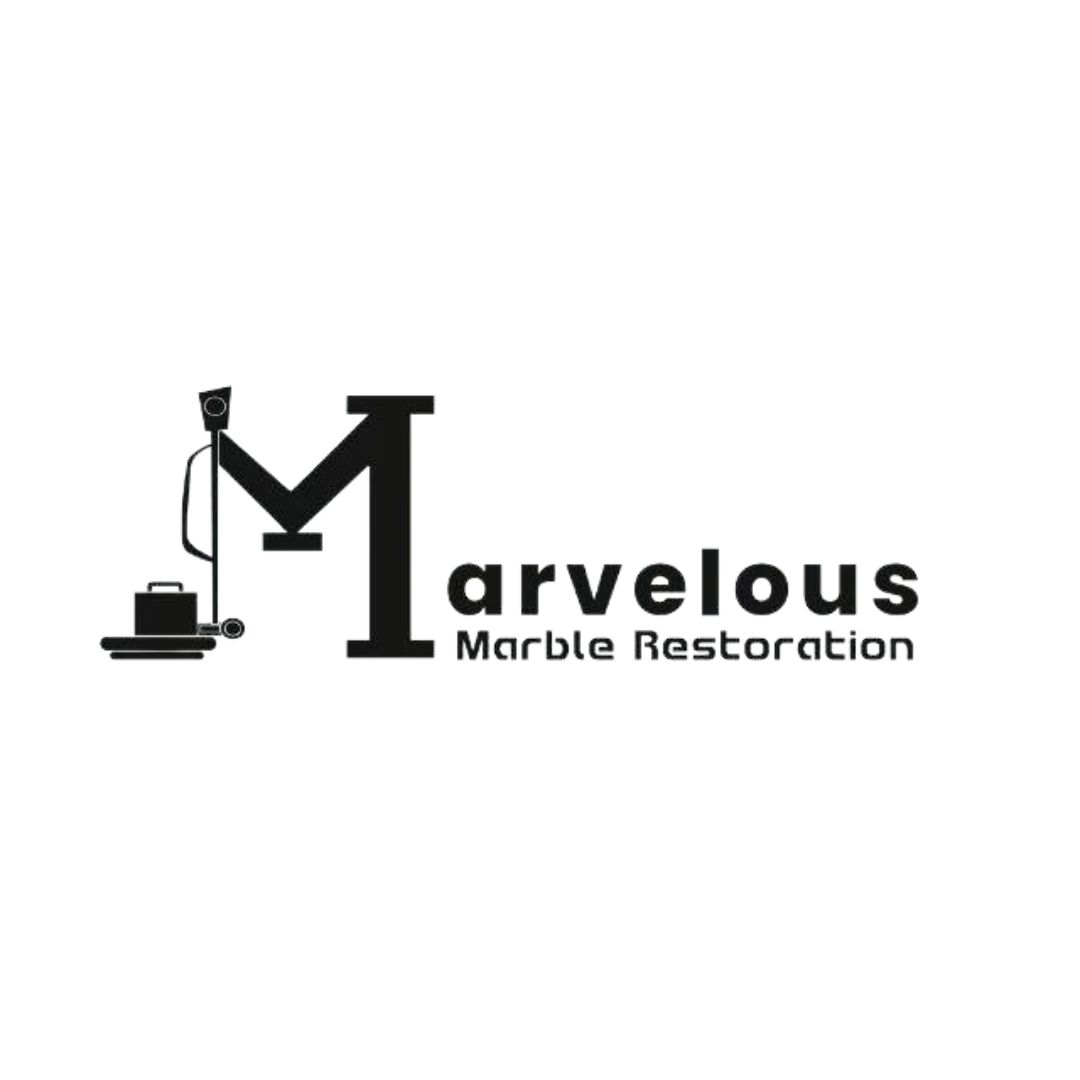
Submit your project plans, blueprints, or relevant documents through our online form or via email.
We’ll review your project details and send you a quote based on your scope and requirements.
Confirm the details and finalize any adjustments to ensure the estimate meets your project needs.
Receive your detailed, trade-specific estimate within 1-2 business days, ready for your project execution.

561-530-2845
info@estimatorflorida.com
Address
5245 Wiles Rd Apt 3-102 St. Pete Beach, FL 33073 United States
561-530-2845
info@estimatorflorida.com
Address
5245 Wiles Rd Apt 3-102 St. Pete Beach, FL 33073 United States
All copyright © Reserved | Designed By V Marketing Media | Disclaimer